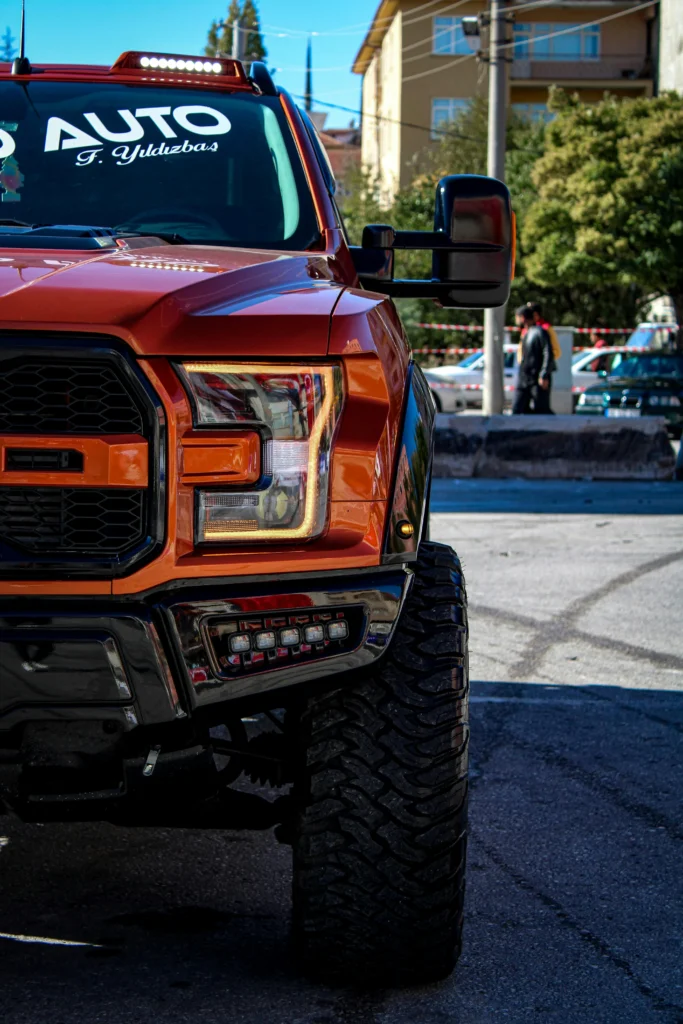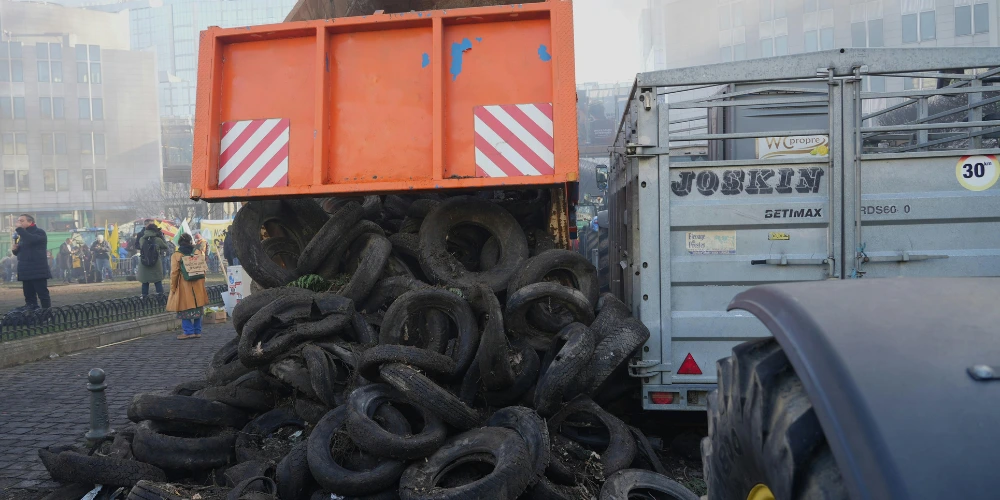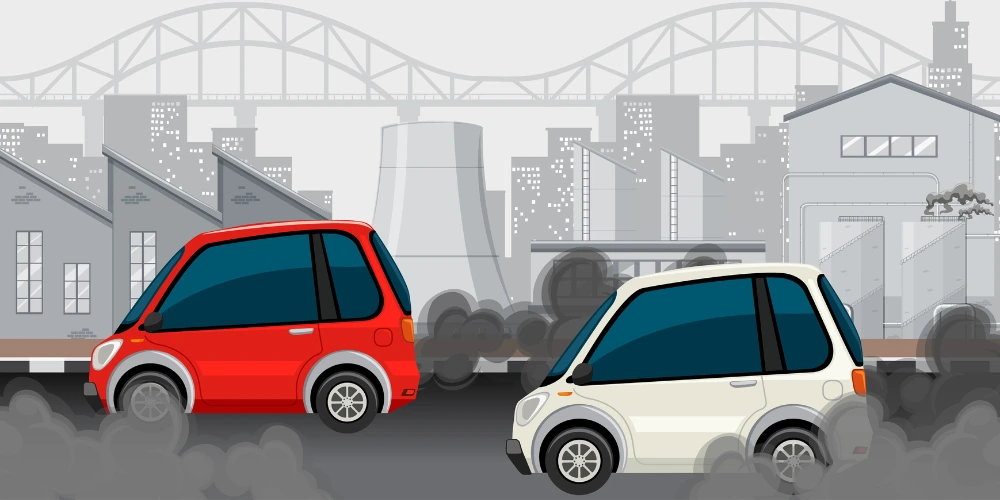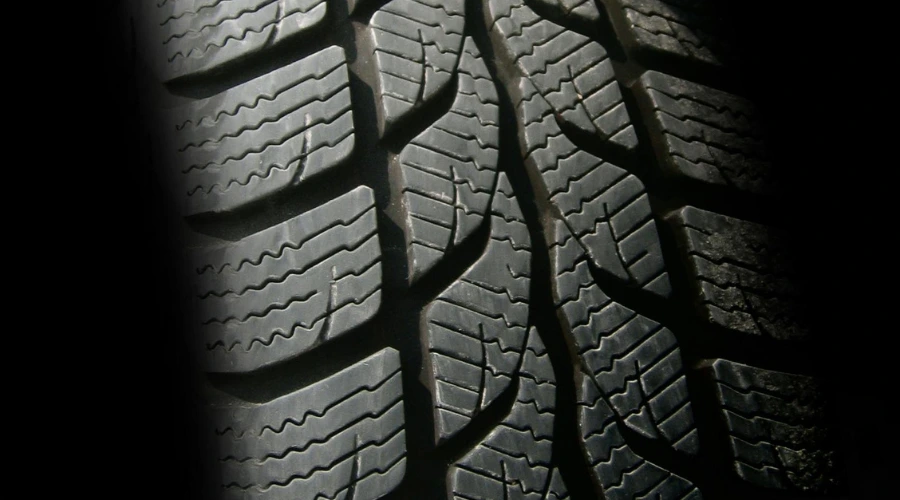Introduction:- The Ford Ranger, first introduced in 1983, is a mid-size pickup truck designed as a smaller, more fuel-efficient. In this blog post, we’ll learn about the Best Ford Ranger engine, the Ford Ranger engine guide, the Ford Ranger engine comparison, and Which Ford Ranger engine has the best fuel economy.

Overview of Ford Ranger
“Choosing the right engine for your Ford Ranger can make all the difference in performance, fuel efficiency, and capability.
Launched in 1983, the Ford Ranger has been a mainstay of the market for small and midsize trucks. Originally intended to rival well-known small trucks from Japanese producers, the Ranger soon established a solid reputation. For dependability, adaptability, and affordability, winning over drivers for both business and pleasure.
History of the Ford Ranger
- From 1983 to 2012 the Infancy and the Initial Generations led the way for The Ranger. It debut as a small truck, offering both V6 and inline-four engines.
Enthusiasts, contractors, and farmers popularized it because of its tough dependability.
Some launches that turned out to be special in history were editions like the Ford Ranger Splash. The launch of the powerful 4.0L Cologne V6. The basics of the Ford Ranger were that they offered the versatility of any high-end truck and the efficiency of any high-end engine that was out at that time.
- In the time of 2012 to 2019, Ford announced a Short-Term Exit from the U.S. Market as they saw dwindling demand for compact trucks being the reason for discontinuing the Ranger in the United States after 2012. In regions like Europe, Australia, and South America, where people still demanded midsize pickups, the Ranger continued to prosper.
- From 2019 to now the response to the increasing demand for midsize trucks. Ford reintroduced the Ranger to the United States in 2019. This new generation attracted a wider range of consumers, especially city drivers, due to its strong 2.3L EcoBoost engine, cutting-edge technology, and contemporary styling. Off-road versions like the FX4 and Tremor packages enhanced its appeal to adventurers.
Why the Ford Ranger Remains Popular
- Versatility: Variety of trims, engine choices, and configurations, as you can use the Ranger for heavy-duty tasks, off-road excursions, and daily commuting. Despite its ample cargo and towing capacity, the compact size of the Ranger (compared to full-size vehicles) allows for easy maneuverability in urban settings.
- Reliability: The Ranger features strong engines and sturdy construction, and it has continuously gained owners’ trust through its long-term dependability.
- Cost-effectiveness: The standard 2.3L turbocharged four-cylinder engine offers a fantastic combination of power and fuel efficiency. Followed by the hard build to last engine or the body fully faced the challenges of breakdown or any other form of damage.
Without sacrificing functionality or performance, the Ranger provides outstanding value. Its cost and Ford’s stellar reputation play a role in this.
Ford Ranger engines
When choosing a Ford Ranger engine, consider your needs for performance, fuel efficiency, towing capacity, and reliability.
Basic engines were:
Inline-Four Engines
When you choose a Ford Ranger engine, it’s crucial to match its capabilities to your unique requirements. Inline-four engines deliver 22–27 MPG, dependable performance, and lower maintenance costs. That makes them the most economical and fuel-efficient choice for light-duty jobs and daily commuting. However, their small towing capability (2,000–3,000 lbs) makes them unsuitable for large loads.
V6 engines
They provide 207 horsepower and 6,000 lbs of towing capacity, offering significantly more power, HP and torque to generate 310 lb-ft. They perfectly balance power and efficiency, providing a towing capacity of up to 7,500 lbs and fuel economy ranging from 21 to 26 MPG. However, they cost more upfront and require more frequent maintenance, especially for turbocharger repairs. Ultimately, your driving habits, financial situation, and priorities regarding power, efficiency, or versatility will determine which engine is ideal for you.
Summary
Although inline-four Ford Ranger engines have a limited capacity for towing, they remain reasonably priced, fuel-efficient (22–27 MPG), and excellent for light-duty jobs. V6 engines consume more gasoline (16–20 MPG) but provide greater power (up to 207 HP) and towing capacity (up to 6,000 lbs). Although EcoBoost engines cost more, they deliver the finest combination of power (270 HP), efficiency (21–26 MPG), and towing capacity (up to 7,500 lbs).
Most engines also perform well in used engine markets as their build quality allows them to last long.
Tips for Maintaining Longevity in Ford Ranger Engines
- To ensure the smooth operation of your Ford Ranger engine, you need to perform routine oil changes every 5,000–7,500 miles.
- Change air filters every 10,000–15,000 miles to guarantee the best possible airflow and engine performance.
- To avoid overheating and engine damage, check the coolant levels and replace it every 60,000 to 100,000 miles.
- Regularly inspect spark plugs, belts, and hoses to prevent costly repairs and engine misfires.
- Use high-quality oil to ensure long-term engine health and performance.
Summary
Regularly maintain your Ford Ranger engine to extend its life. Replace the fuel, oil, and air filters regularly, and change the oil every 5,000–7,500 miles. To avoid carbon buildup, use premium fuel, monitor coolant levels, and follow Ford’s service plan. Drive sensibly, avoid overloading, and check for wear on belts and hoses. To prevent additional damage, keep the engine clean and address any problems immediately. Using original Ford fluids and parts ensures compatibility and peak performance, extending your engine’s life.
Conclusion
Depending on your needs, you can choose the best Ford Ranger engine. The inline-four delivers fuel efficiency and affordability, making it perfect for daily commuting.
If you enjoy off-road excursions, the V6 engine provides additional power and performance on tough terrain.
The EcoBoost 2.3L turbocharged engine stands out as the best choice for heavy labor and towing, offering a fantastic power-to-efficiency balance and an exceptional towing capacity of up to 7,500 lbs.
For a multipurpose engine that combines power, efficiency, and practicality for such things the EcoBoost 2.3L turbo is the perfect choice.
Understanding your priorities and needs is crucial when you choose a Ford Ranger engine.
Capability and Performance
Various engines differ in horsepower and towing capacity. If you require additional power for off-roading or towing, a V6 or EcoBoost engine is perfect. An inline-four engine delivers sufficient performance and improved fuel efficiency for light-duty applications or daily travel.
Efficiency
The type of engine affects fuel efficiency. For daily driving, an inline-four engine provides the optimum fuel efficiency, while EcoBoost engines balance efficiency with power. If you’re concerned about fuel economy, a smaller engine is better suited for you.
Reliability and Longevity
Certain engines, such as the inline-four, require less maintenance and provide more dependability. More potent engines can withstand prolonged wear and tear better without compromising performance for heavy-duty applications.
Versatility
A versatile engine like the EcoBoost provides the ideal option. A vehicle that you need for both commuting and occasional off-roading or towing, offering versatility without sacrificing performance or fuel efficiency.
To sum up, understanding your driving requirements—whether they are performance, fuel economy, or affordability. It will help you choose the best Ford Ranger engine for the best deal and long-term enjoyment.



